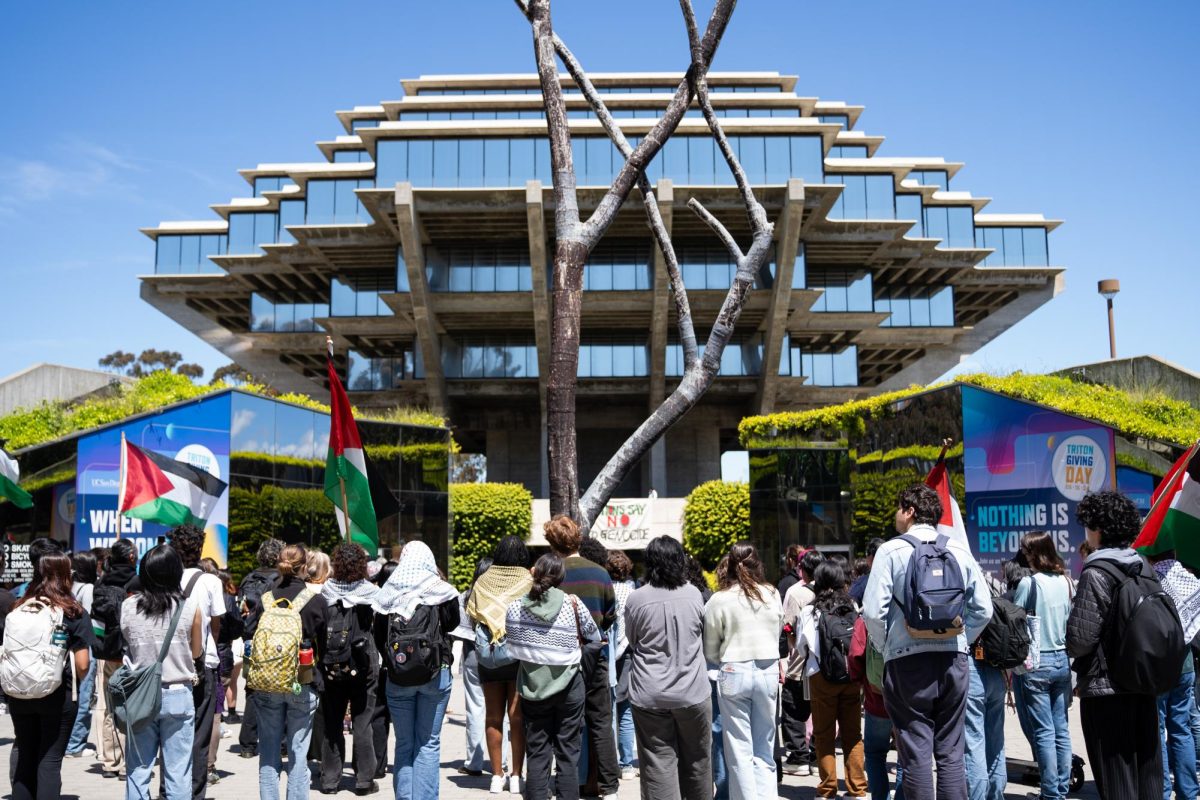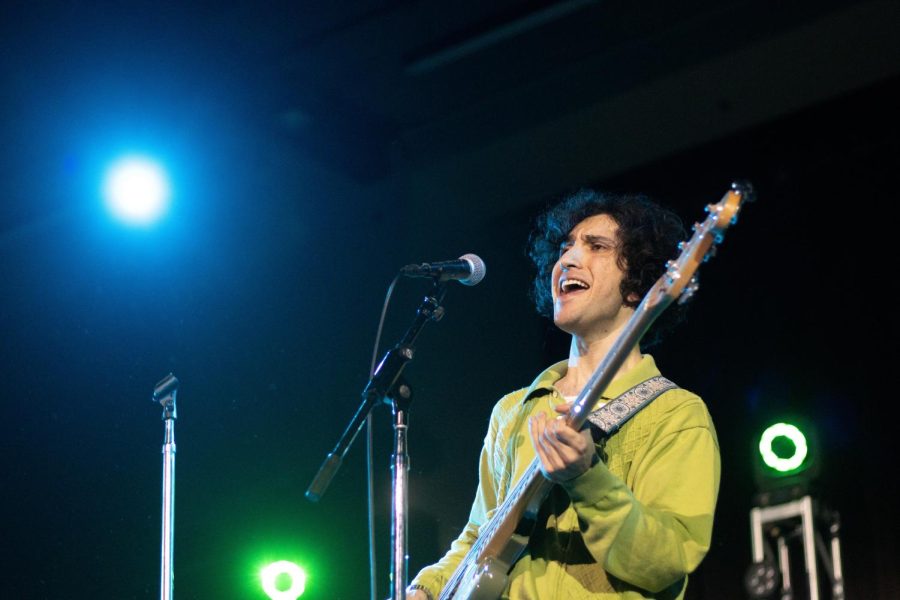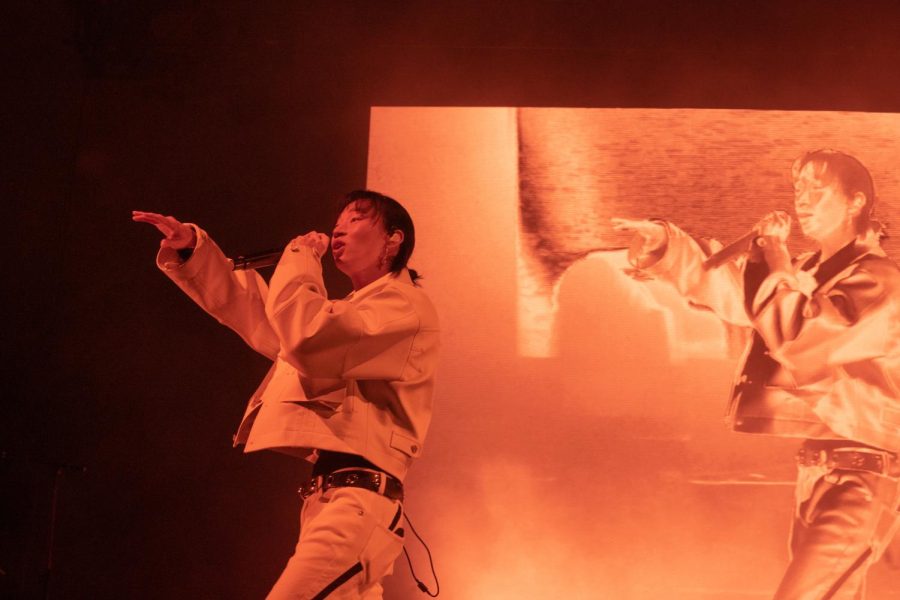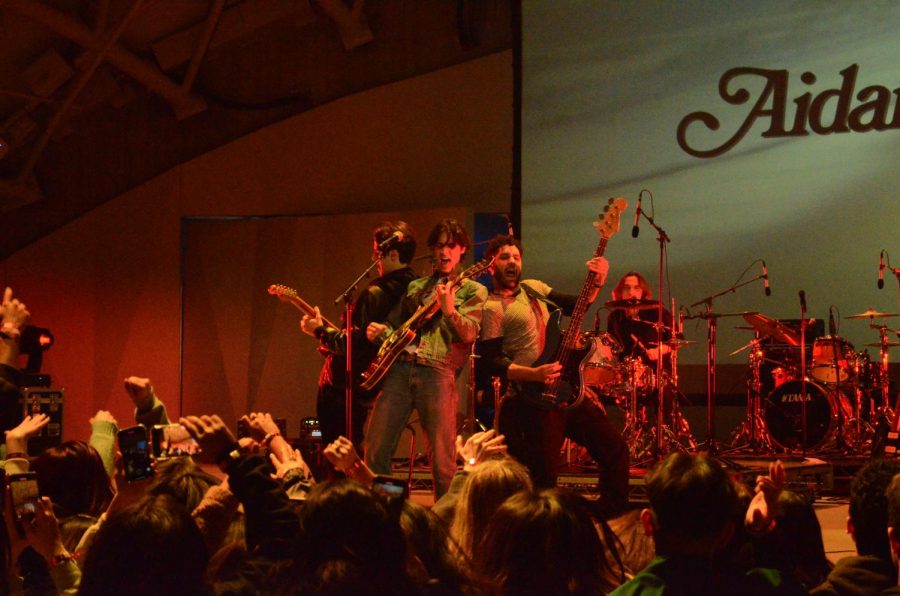UCSD’s latest efforts to support the arts brings Italy’s Trio di Parma to showcase Western classical art music at the Neurosciences Institute on Oct. 28. The event is part of UCSD’s “ArtPower!” series, or, for brevity/hipness, “ArtPwr.” The trio has managed to gain international recognition, winning competitions such as the Vittorio Gui International Competition and the Melbourne International Competition and countless others. And you thought Italy was only good at soccer.
Indeed, although the music fits more with the Germanic tradition — the concert program includes works by Joseph Haydn, Franz Liszt and Beethoven — Italy’s influence on Western art music is unquestionable. Without doubt Italians have some musical genes, since the very language of music itself, from crescendos to the adagios, is permanently ingrained in Western music culture. Moreover, many of the finest musicians have been Italian (see pianist Michelangeli and conductor Toscanini). Trio di Parma continue the great tradition of interpreting the works of the masters.
Haydn’s works, featuring his “Gypsy” keyboard trio, are often considered to be the key transition between the late baroque and the early classical period. Unfortunately, though his genius is unquestioned, after centuries of musical development and advances, the works of Haydn serve more as a musical history lesson than musical enlightenment. In his keyboard trio works, one can experience its historical development. In the early works, the cello would simply mimic the left hand of the keyboard, to serve as a sort of grand reinforcement. As the years progressed, Haydn gave more freedom and independence to the individual instruments, enabling the cello, keyboard and violin to have their own unique voice.
The development of each instrument in the keyboard trio having complete independence was in full swing by the time of Beethoven. His “Archduke” keyboard trio, one of Beethoven’s many masterpieces, glorifies the power of the keyboard trio as a collective unit, while simultaneously recognizing the importance of retaining each instrument’s individuality. The “Archduke” is also famous for being the last work that Beethoven performed in public, after which he retreated to composition only. The Liszt keyboard trios are, as expected, virtuosic pieces composed in the typical romantic style of the composer’s day. Surely, the Liszt pieces will be the highlight and sparkle of the evening. As a whole, the music that the trio performs is simply, as Italians and musicians alike would say, dolce.
Trio di Parma will perform on Oct. 28 at 8 p.m. at the Neurosciences Institute. Tickets are $34 for adults and $17 for students.







